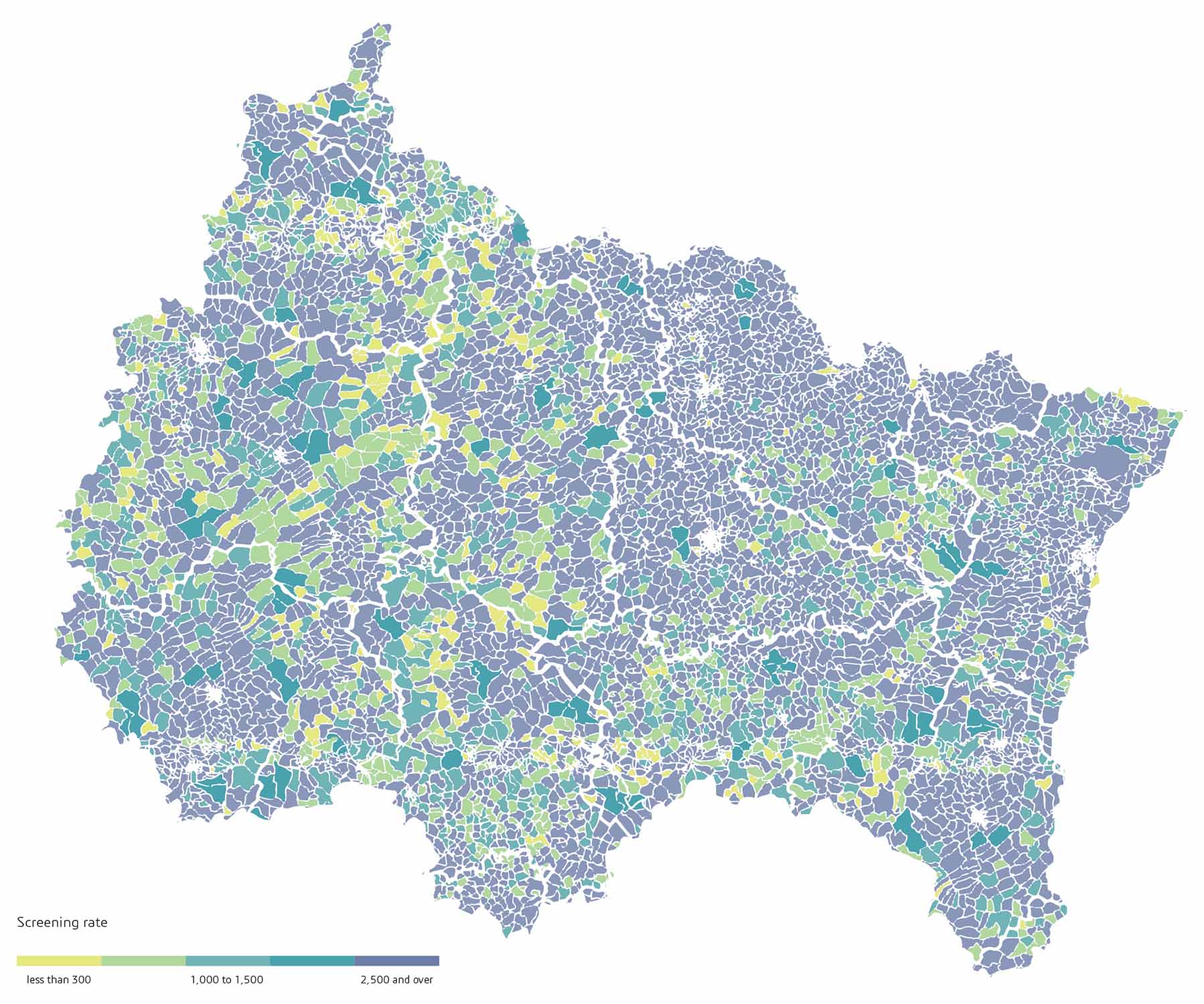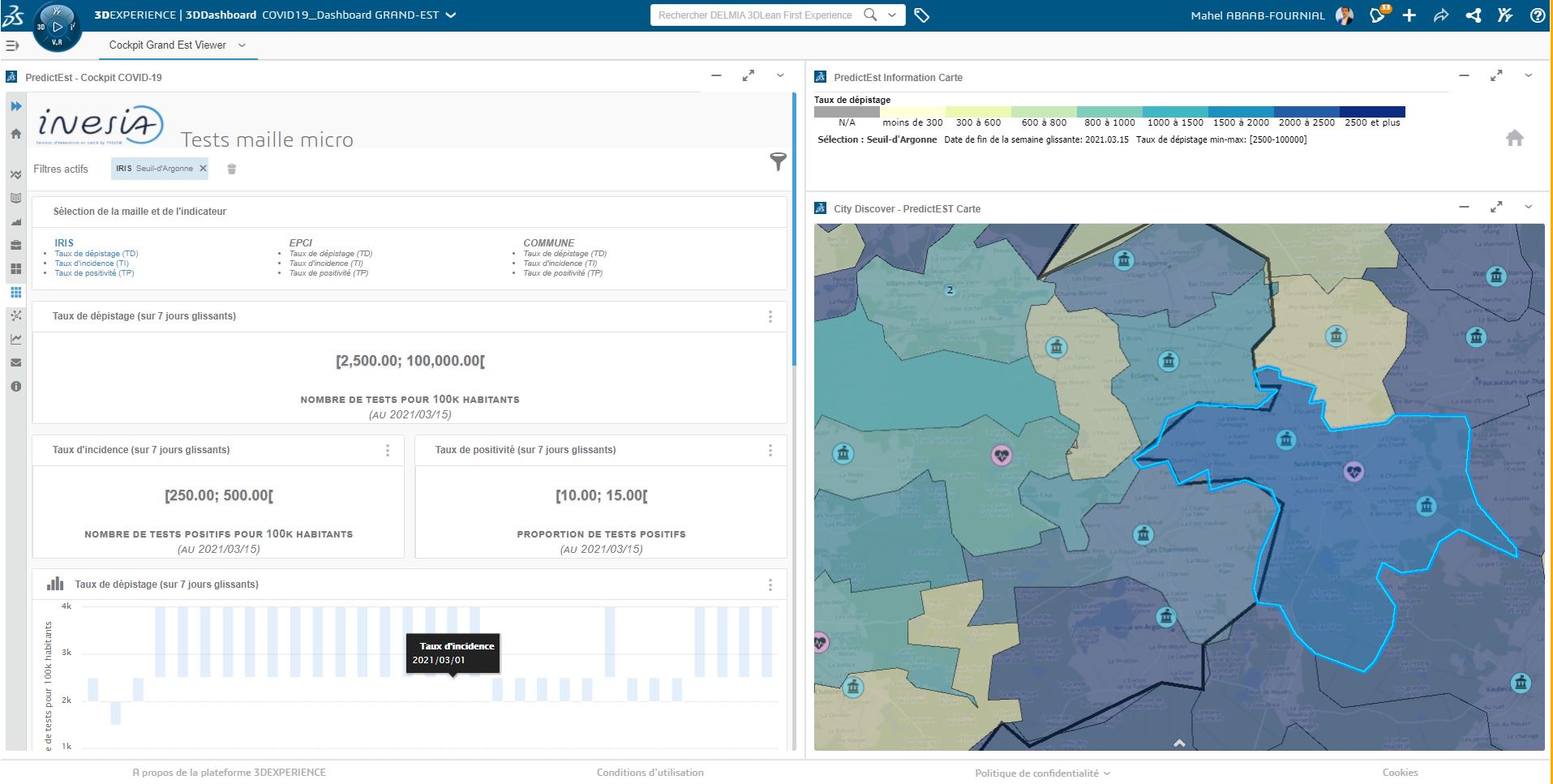The sustainable growth of cities has entered a new era, facing up to new challenges and pressures arising from population growth, regulatory developments and climate change. Municipalities and regions are now the driving forces behind a global sustainability effort, and must address people’s desire for a better life in cities that are more resilient, digital and attractive. Creating smart cities does not just involve installing digital interfaces in traditional infrastructure or streamlining operations. It involves rethinking cities, defining stronger, more integrated policies in order to provide people with a better quality of life, while keeping costs under control.
The introduction of construction virtual twin technology at the whole-building level will radically transform the construction sector. It will make it easier to minimize waste, achieve energy efficiency, use bio-sourced materials and calculate carbon footprints. Although information of this kind is already being disclosed, in future it will be produced and documented with precision.
The first imperative in terms of sustainability is to build structures that are more energy efficient. The 3DEXPERIENCE platform allows users to take a multidisciplinary, modular approach when designing a building instead of one based on individual trades, helping to create new, highly customizable experiences and interactions that improve quality of life in its various areas.
More broadly, as cities expand and become denser, planners must anticipate their transformation and rethink their infrastructure to keep up with rapid, complex change, particularly regarding transport. Dassault Systèmes is working with city authorities to consider that transformation from the angle of energy flows and mobility.
By anticipating flows and addressing sustainability criteria, we can visualize the city of tomorrow, with virtual twins allowing us to consider various scenarios and encouraging collaboration among designers, construction companies and municipal authorities to regulate, consider, structure and guide development plans in the most effective way.
Virtual twins make it possible to share data, work collaboratively and monitor the implementation of all projects, all in one place. They enable city planners to carry out better thinking in the virtual world, in order to achieve more effective change in the real one.

Monitoring cockpit of the COVID epidemic: PRIeSM / Grand Est Region
When the first wave of COVID-19 arrived in France, the eastern part of the country was the first to be hit. Facing an unprecedented sanitary situation, the local government immediately understood that they would need to work with innovative solutions to be able to make the right decisions at the right time and to communicate clearly to the population, as lives were at stake. A dedicated and cross-functional taskforce, led by the Institut Hospitalo-Universitaire (IHU) of Strasbourg and including various public and private partners, developed the “PredictEst” tool.
PredictEst allows the local government to work on the virtual twin of the territory, aggregate data in one place, model and visualize the pandemic's spread, involve the right experts, forecast pandemic impact, analyze and validate options, and communicate quickly and clearly to various stakeholders. Using pre-anonymized data, the regional authorities can monitor how the virus spreads and respond appropriately.
“These innovative and collaborative ways of working, initiated during the crisis, represent a major step in the public sector transformation, which will provide new solutions valid in normal times as well as in times of crisis” said Jacques Beltran, Vice President, Public Sector at Dassault Systèmes.
Dassault Systèmes provides the cloud infrastructure that hosts PredictEst medical data in a secure and sovereign environment through 3DS Outscale and, through the 3DEXPERIENCE platform, its extended capabilities for data analysis and geographic visualization.
As Gaston Steiner – Chief Executive Officer of PRIeSM (regional shared e-health innovation platform) and head of the inesia by PRIeSM project – explained, "The president of the region asked us at the beginning of the first wave of the COVID-19 pandemic to develop a digital tool to help manage the crisis on the scale of the Grand Est region.
Thanks to Dassault Systèmes, and thanks to the contribution of digital technology and modeling capabilities, we are able to facilitate the decision-making at the local level in connection with the local authorities and the national public agencies and take into account the evolution of the epidemic, or its projection for the weeks to come”




